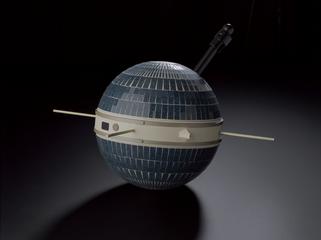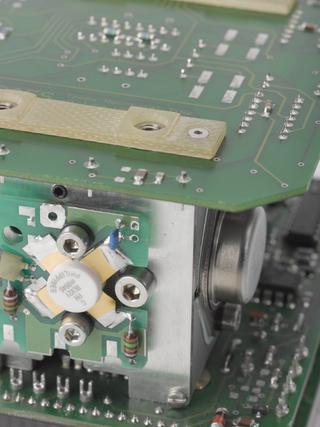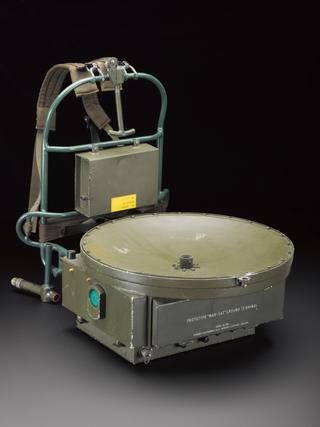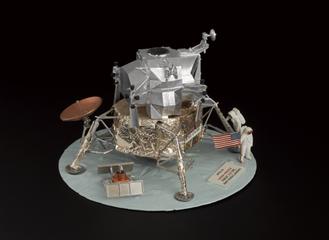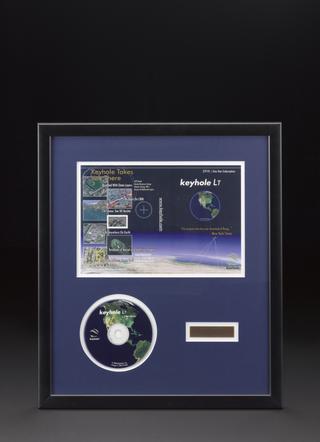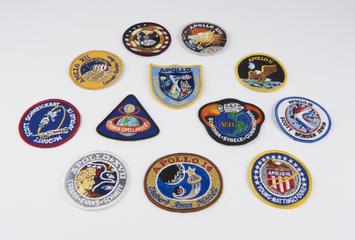








3D printed graphic prototype of the GAP (Gas Analysis Package) of the Beagle 2 Mars lander by Professor Colin Pillinger, Colin Pillinger, England, 1997-2002
The GAP aimed to conduct the most important investigations into the detection of life on Mars during the Beagle 2 mission. It included 12 ovens for heating rock or soil samples, gathered by scientific instruments on the end of a robotic arm inside the lander which would extend upon opening. Heating the samples would generate carbon dioxide, which passed into a mass spectrometer also located in the GAP. A mass spectrometer identifies unknown substances and identifies their chemical properties. Fitting the entirety of the GAP onto the Beagle 2 lander required a large feat of miniaturisation. Normally the same technology occupied a large part of an entire laboratory. Scientists at the Open University still reference this miniaturisation and design in current space technology development. The GAP was exciting outside of space circles too. It was partially funded by the Wellcome Trust who were interested in applying the technology in clinical medicine.
Details
- Category:
- Space Technology
- Object Number:
- 2017-9
- Materials:
- plastic (unidentified) and wood (unidentified)
- type:
- 3d printed model
- credit:
- Judith Pillinger
